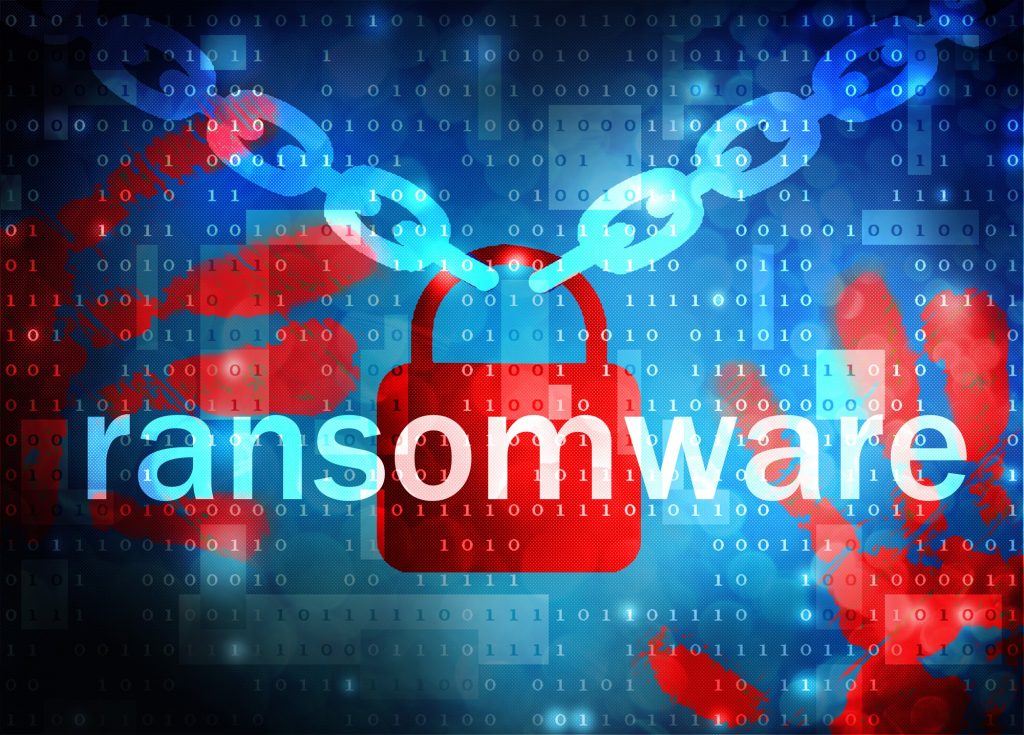- December 15, 2022
- Catagory cybersecurity
How Cybersecurity is Shaping Up for 2023
Remote work during the pandemic and the current dynamic of hybrid workplaces has had a strong impact on how you must manage cybersecurity. Remote work isn’t going away, while other longstanding trends as well as new realities will affect cybersecurity in 2023.
Ransomware remains a major threat

Expect ransomware attacks to continue to be a factor in your cybersecurity planning, as threat actors move from encrypting files to targeting third-party cloud providers while continuing to use aggressive, high-pressure tactics to extort victims, including data-encrypting malware and more novel infiltration approaches.
Global geopolitics will affect your business
The ongoing conflict in Europe will mean some of those ransomware threats will come from Russia. Overall, 2023 is going to begin with a great deal of uncertainly and tension, with more state-sponsored threat actors looking to destabilize global economies and specific industry sectors such as logistics and shipping, energy, semiconductors, and financial services.
Zero Trust adoption will grow
With more workloads being moved to the cloud, a Zero Trust approach to security will become more compelling and necessary in 2023, transforming how you secure your infrastructure, including network penetration testing.
Automation will increase, too
It’s near impossible for organizations of any size regardless of budget to keep up with the volume of threats, which means 2023 will see even more automated cybersecurity, enabled by artificial intelligence (AI) and machine learning. The downside is the bad guys can leverage automation and AI, too, which means organizations will need to take a more active approach to cybersecurity.
Watch out for bots
Speaking of automated bad guys, be prepared for more bot activity in 2023, which can automate and expand attacks as perpetrators rent out IP addresses to make it difficult to track them.
Your own IT is a threat
Between shadow IT and the proliferation of endpoints either due to remote work or internet of things (IoT), there’s no shortage of attack surfaces for threat actors in 2023. If your endpoints aren’t properly configured and you’re not keeping a handle on shadow IT, your cybersecurity posture will be drastically weakened.
You people can still be a problem
Even with all the right technology in place, the biggest threat cybersecurity in 2023 will continue to be your own people, whether it’s by accident or due to insider threats from unhappy or former employees. Training combined with a Zero Trust approach will mitigate risk to your business.
What won’t change in 2023 is that cybersecurity isn’t something most organizations can handle on their own, so if you haven’t already, make it the year you see how a managed service provider can help evaluate and shore up your security posture.




 Latest Blogs
Latest Blogs FAQ
FAQ